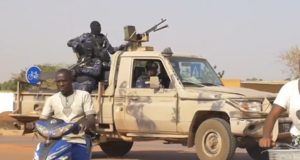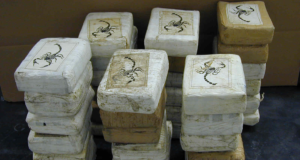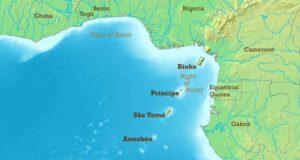By Eva Brockschmidt – Junior Fellow.
16th January 2014, Human Rights and Conflict Resolution, Issue 1, No. 3.
Not least since the movie starring Leonardo DiCaprio everyone knows about blood diamonds, which are diamonds that help fund civil wars in Africa. For most people these are easy to avoid, after all how many of us purchase diamonds on a regular basis? Sadly the same is not true in the case of conflict minerals. As well as there not appearing to be much public awareness of the issue, they are not easy to avoid in every day life. Similar to diamonds, conflict minerals at once are often a contributing reason to and help sustain armed conflict and civil war. Even though the list is currently rather short featuring only gold and what are commonly known as the “3T’s” (tantalum, tin, and tungsten), these minerals form vital components in almost any modern electronic device. While other African countries have also felt their effects, nowhere has the impact of conflict minerals been more devastating than in the Democratic Republic of Congo (DRC). Potentially one of the richest countries on earth, the DRC is in in reality one of the poorest. Its abundance of resources seems to have brought the country and its population nothing but death and despair.
Overview of the Conflict in the DRC
The history of the Democratic Republic of Congo is rife with corruption and civil war, characterized by a lack of good governance and the absence of law. After its independence in the 1960s the country immediately faced an army mutiny, partly motivated by the desire to gain control over the mineral-rich provinces. Between 1998 and 2003 the DRC was the stage for what has been termed “Africa’s world war”, fought almost entirely within its borders, the war has cost the lives of several million people. The conflict which has been the deadliest since World War II(1), has sucked in soldiers and civilians from 9 different nations with Angola, Namibia, and Zimbabwe backing the government in their fight against rebels supported by Uganda and Rwanda(2). The local population is terrorised and extorted by rebel groups who pillage, torture, and kill. They abduct and conscript child soldiers, and systematically use rape as a weapon to intimidate, traumatise, and punish whole communities, causing the UN’s special representative on sexual violence in conflict to term the DRC the ‘rape capital of the world’. Economic aspects play an important role within this conflict with all sides trying to take advantage of the resulting anarchy to plunder the country’s vast natural resources. Since 2003, the DRC has been struggling to recover from the years of violent conflict, but its infrastructure is destroyed and corruption is widespread among all levels of government.
Despite numerous peace negotiations and attempted settlements, the DRC’s mineral-rich eastern regions remain especially volatile, due to the continuing presence of rebels from the neighbouring Uganda and Rwanda. Hutu and Tutsi militia remain in operation in Northern and Southern Kivu. While a peace agreement has been signed with the M23 rebels earlier in 2013, it remains to be seen how far this will contribute to further stability in the provinces. In the mean time, Uganda’s infamous Lord’s Resistance Army (LRA) continues an active presence in the north-east of the DRC where rape and killings are still commonplace. In the context of armed conflict the legal and illegal export of precious metal from the eastern DRC is a multi-million dollar business, but its immense resources have brought misery and devastation for the country’s local communities.
Conflict Minerals: What are they?
Alongside gold, the DRC is rich in columbite-tantalite or coltan, the metal ore from which tantalum is extracted; cassiterite the main ore in the production of tin; as well as wolframite which is used in sourcing tungsten. Besides its use in the manufacture of jewellery, gold is also the highest value metal in every cell phone and laptop where it is used to coat the wiring. While tantalum is used to store electricity in electronic devices, tungsten enables the familiar vibrate function in cell phones. Meanwhile tin is used in the manufacturing of drink and food cans, as well as a solder on circuit boards featuring in most electronic devices.
Many of the mines in eastern DRC are controlled and taxed by armed rebel groups who force men and children from the local communities to work in the mines. The mining is ‘artisanal’, meaning the workers have to extract the minerals using shovels, tunnels, and ladders, without the help of any technical equipment or machines and of course with vast environmental damage. They have to work long hours in difficult and dangerous conditions so as to make enough money to sustain their families. Power changes are commonplace and the local population is at the mercy of various armed rebel groups who fight each other for control over the mines. Once extracted, the minerals are smuggled across the border into neighbouring countries, especially Uganda and Rwanda. They are then shipped to Asia, where they are refined by smelting companies in China, India, Malaysia, and Thailand. During the smelting process they are mixed together with other minerals from around the world making them difficult to trace. Finally, these minerals are processed into components for a huge range of products ranging from electronic devices such as cell phones, laptops and digital cameras, to automobile safety systems, and even turbine blades and jet engines.
 Human Security Centre Human Rights and International Security Research
Human Security Centre Human Rights and International Security Research




